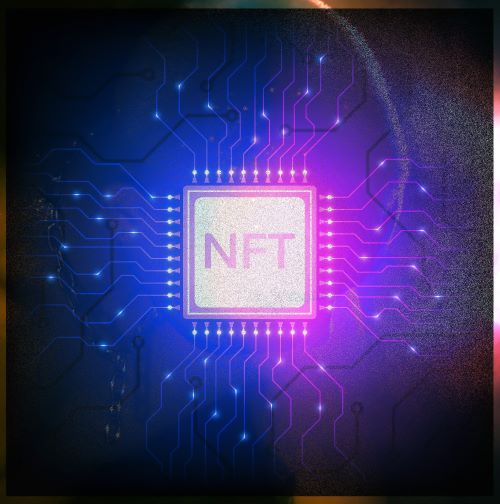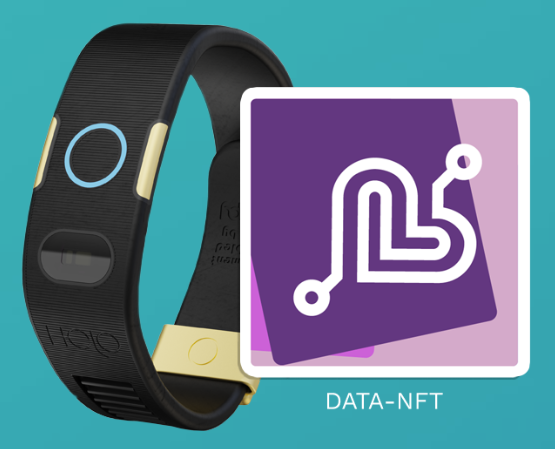For those who are not familiar with NFT’s, this page will introduce some of the basics of an NFT and its usage. NFT’s are part of the terminology that describes the Blockchain. The acronym NFT stands for non-fungible token. I know that is not much help, but it is a start. Let’s continue with some basic definitions. Keep in mind that all of this functions in a digital environment, and is separate system from our familiar banking system.
- Blockchain: The blockchain is a distributed, decentralized, and public digital ledger and is used to record digital transactions. In other words, the blockchain is a digital recording system that stores its information securely. This makes it extremely difficult, or even impossible to modify, hack, or cheat this system.
- Token: Tokens, also known as crypto tokens, represent digital assets on the blockchain. These can represent anything that has a value.
- Fungible: This is something is replaceable by another identical item. In this case, fungible tokens are totally interchangeable. For example, Bitcoin is a fungible token. You can exchange any Bitcoin for any other Bitcoin. This is similar to our regular currency, where our dollar bills are also fungible tokens. In the digital world, these are typically the cryptocurrencies that exist on the blockchain.
- Non-fungible: This is simply a unique digital asset, and enables the tracking of the actual ownership of that asset. In the non-digital world, this would be like the deed to your house. It is unique, and provides proof that you own the house. Non-fungible tokens also are not divisible, because they represent an entire entity. You can also buy and sell them online, most likely using a cryptocurrency.
NFT and Usage Basics
Ok…..So what good are they? Well one of the many uses for NFT’s are in the Entertainment Industry. They help the producers, writers, and artists retain ownership for their works. This is particularly true within the music industry. You may or may not be old enough to remember when the music-sharing site Napster came on the scene. It was a peer-to-peer file sharing service, and individuals could share the music they had acquired with anyone else. As Napster grew in popularity, the artists themselves began to realize that they were losing out on the sales of their recordings. The result was some substantial legal battles so that the artists are still paid fairly for the music they create. As some point, MP3 players came on the scene along with music subscription services. Fast forward to today, and almost everyone streams music digitally.
With the creation of NFT’s, artists have more protection for the ownership of their creations. There are also numerous other examples in the world of art. Artisans can also create an NFT to represent each of their works of art. There are sooooo many more examples, but this is just a basic introduction.
Data NFT Basics
Collections of data can also have a NFT to prove the ownership of the data. In this application, it is now being used to allow each of us to have an NFT that represents our personal health data. By using an NFT, we have total ownership of our data, AND it is securely stored. As we continue to collect our own health data, the size and value of the NFT can grow.
Finally….
I know this is a relatively short introduction to the concept of NFT’s, but hopefully it is enough to help beginners start to understand the concepts. We are continually moving forward into a more and more digital world!
For those wanting more information, check out this video below:
Got Questions? Need more information? Want to Connect? CONTACT US


